Easter or Påsk, a Swedish tradition of traditions
Wherever you are and on FaceTime, Zoom, Skype or phone, wishing you and yours a safe and healthy, happy Easter.
-
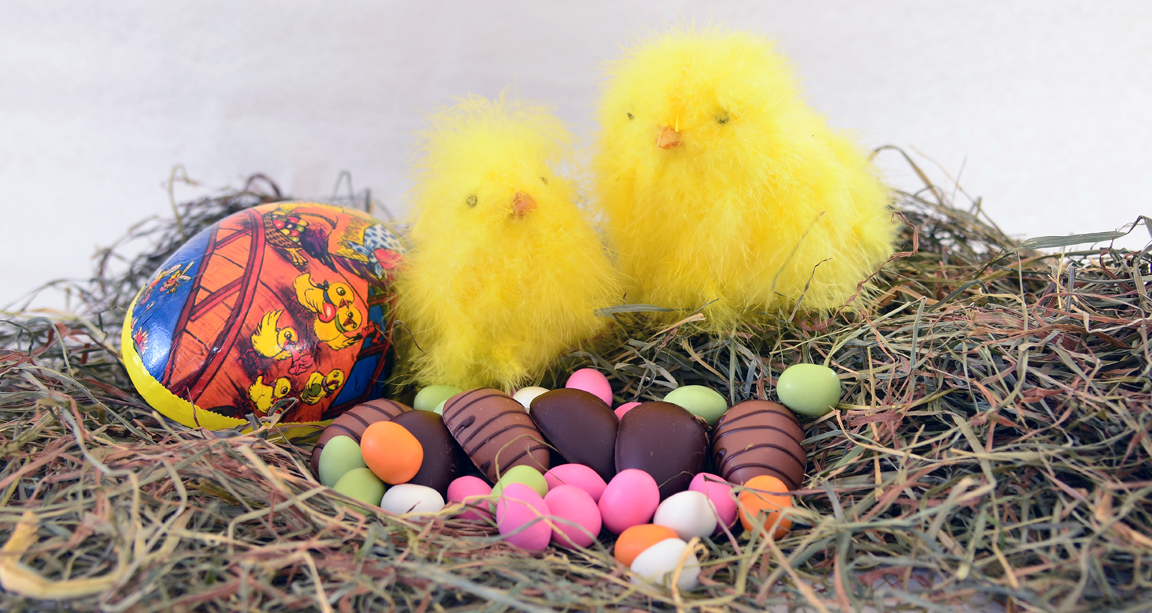 Eggs, candy eggs and chickens, not a single Easter rabbit can be seen at a Swedish Easter celebration. Photo: Michael Beresford
Eggs, candy eggs and chickens, not a single Easter rabbit can be seen at a Swedish Easter celebration. Photo: Michael Beresford -
-
After Christmas and Midsummer, Easter is probably the most celebrated holiday of the year in Sweden.
-
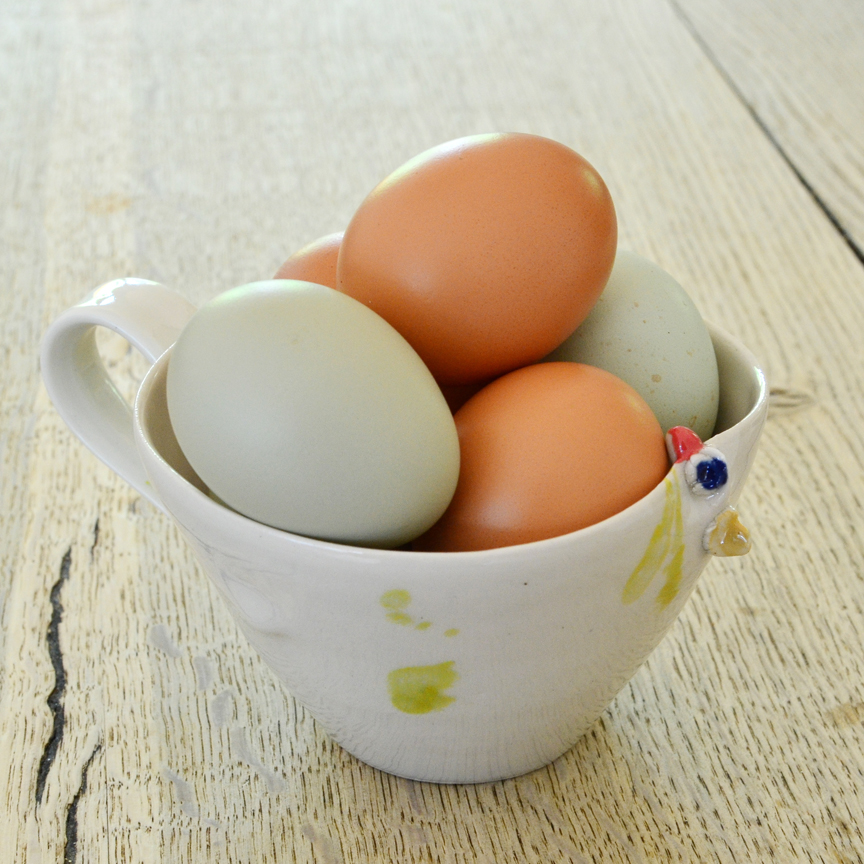 The Easter egg has a long history in Sweden. Photo: Michael Beresford
The Easter egg has a long history in Sweden. Photo: Michael Beresford -
-
The word for Easter in Swedish is påsk, from the Hebrew pesach (after all, Easter was originally a Jewish holiday). Easter week starts with Palm Sunday (this year on March 28), commemorating Christ’s triumphant entry into Jerusalem. In Catholic countries, processions of people carry palm fronds and lay them before the image of Christ. In Sweden’s climate, however, some other kind of branches had to take the place of palms; early budding varieties of willow were a common choice. Some people bring these “palms” to their homes and offices during Easter week. Keep track of things Swedish, in Sweden and in the U.S. by subscribing to The Swedish Newspaper in America
-
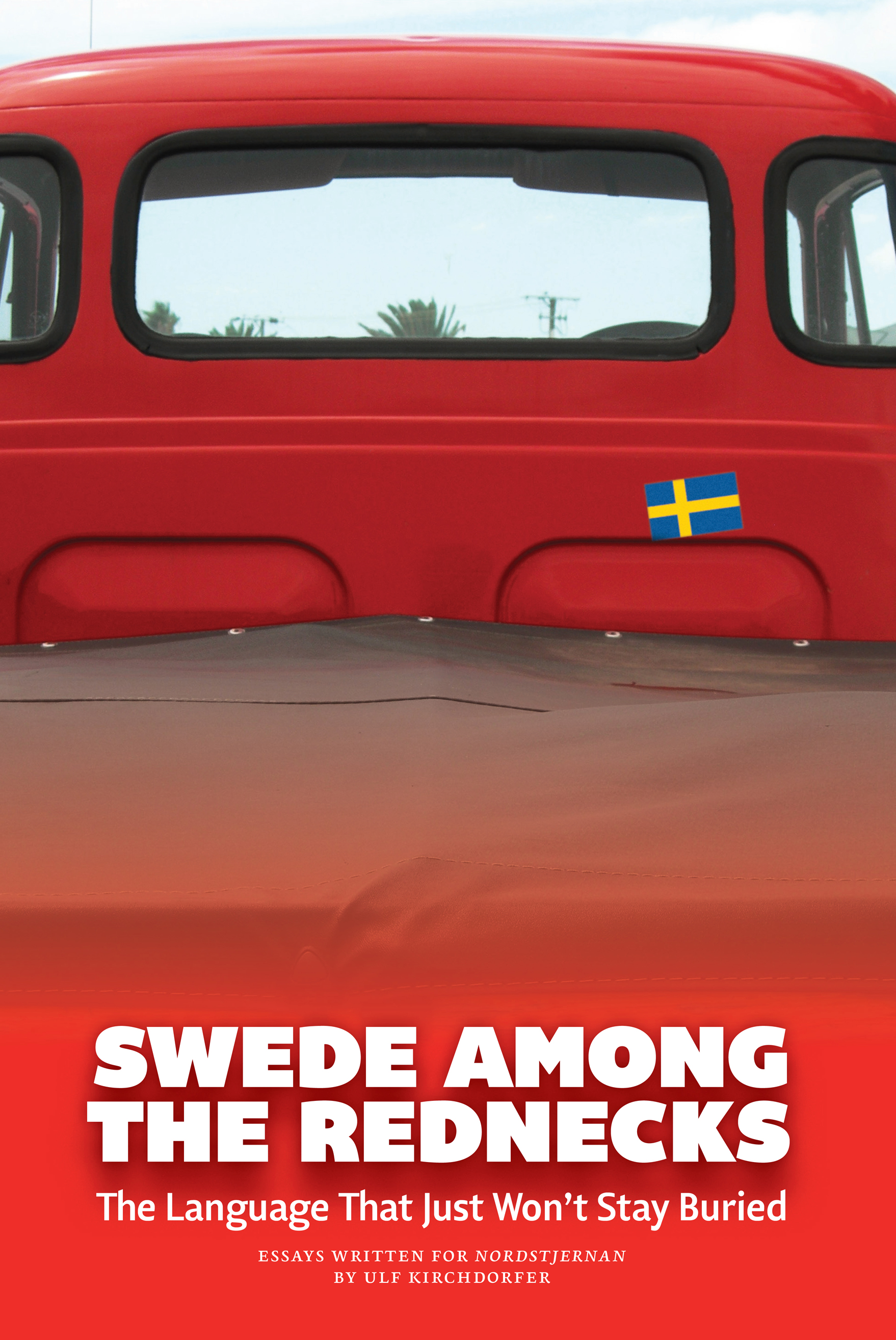 Ulf Kirchdorfer's book, "Swede Among the Rednecks" - available at <a href="http://tinyurl.com/ztt7kbr" target="_blank">“Amazon”</a>
Ulf Kirchdorfer's book, "Swede Among the Rednecks" - available at <a href="http://tinyurl.com/ztt7kbr" target="_blank">“Amazon”</a> -
As a reminder of Christ’s suffering, people long ago would thrash each other with silver birch twigs on the morning of Good Friday. Today, many Swedes place a bunch of silver birch twigs in a vase on Maundy Thursday.
They’ve usually bought them a couple of weeks before Easter so that they would have time to bud. The twigs are decorated with colored feathers. Of course, no one uses them as weapons of penance anymore! -
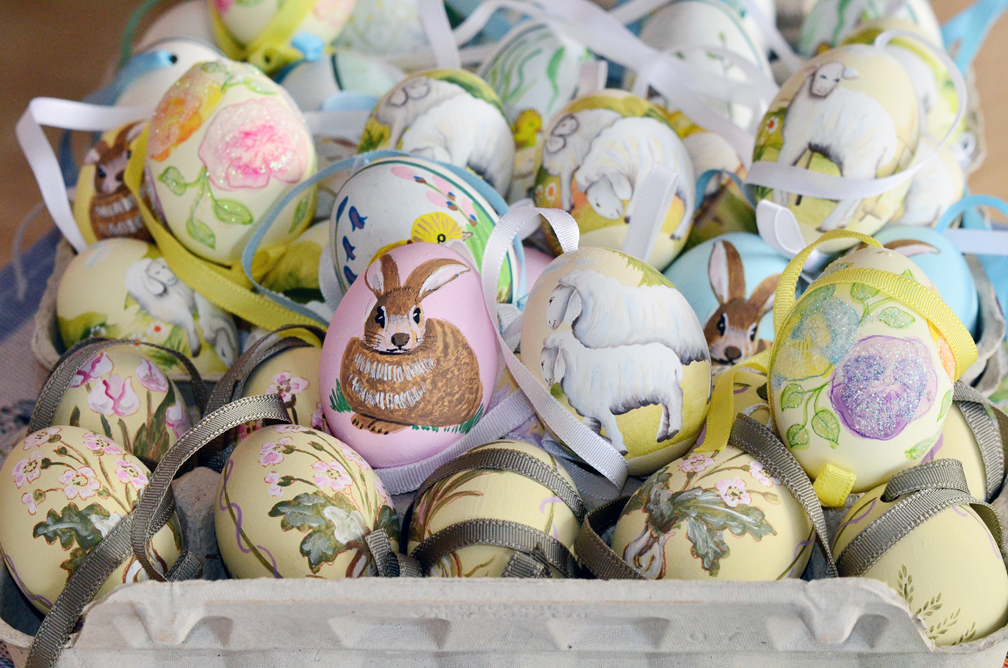 Colored clay eggs have been found in graves on the island of Gotland dating back to pre-B.C. times. Photo: Michael Beresford
Colored clay eggs have been found in graves on the island of Gotland dating back to pre-B.C. times. Photo: Michael Beresford -
Holiday of Eggs
The Easter egg has a long history in Sweden. Colored clay eggs have been found in graves on the island of Gotland dating back to pre-B.C. times. The eggs were painted red and yellow to represent sunrise and sunset.
When Sweden was a Catholic country (from the 12th to the 16th centuries), Easter was preceded by a 40-day fast. During the fast, people were not permitted to eat eggs, cheese, milk or meat. After the long fast of Lent, eggs were eaten in celebration. Conveniently enough, hens begin to lay a lot of eggs come springtime, which is another reason eggs have always been associated with Easter festivities. The egg was also a traditional symbol of life.
The Swedes still decorate eggs for Easter. On Easter Eve, families gather to beautify the eggs to be served at Easter dinner (usually a smörgåsbord). Raw eggs are colored using colored pencils or crayons. Or, they are dyed while cooking: Adding dry onionskins to the water gives the eggs a yellow to yellowish-brown tone. The yellow color can be enhanced with the addition of saffron. Fennel gives a golden brown tone that can be strengthened with the addition of coffee grounds. Red onion or beetroot juice lend a red color, of course. -
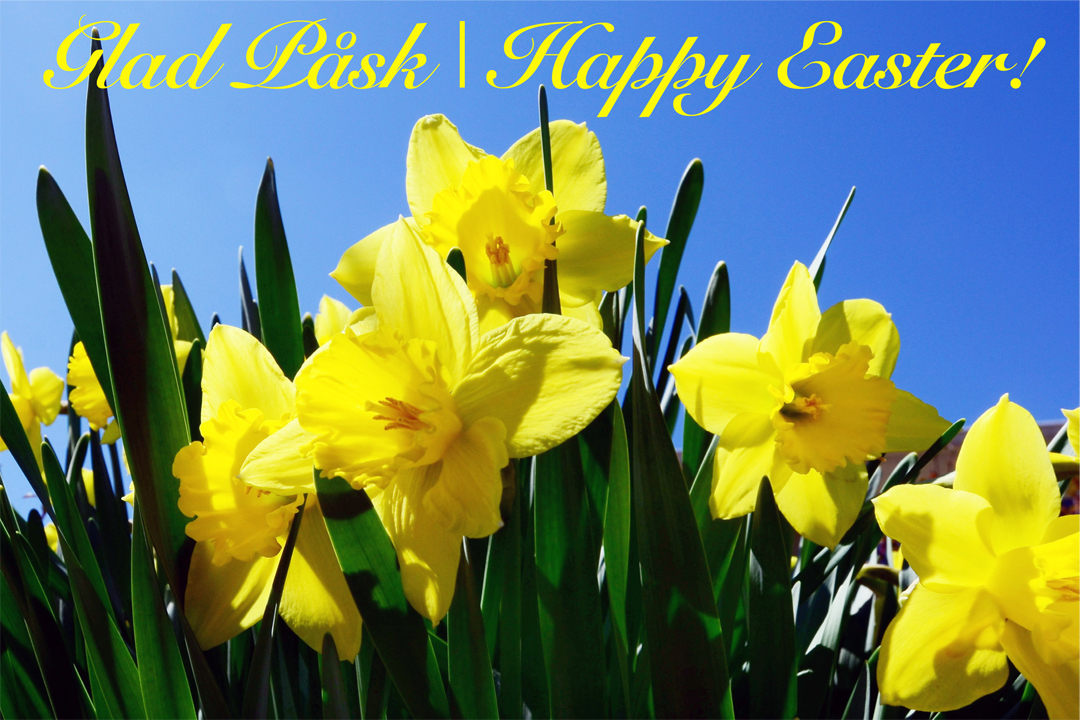
-
The Easter Witch
One of Sweden’s unique Easter traditions may sound a lot like Halloween: On Easter Eve, many children dress up as Easter witches, or hags (Påskhäxor). They put on the gaudiest clothes they can find, paint their faces and knock on people’s doors asking for candy or money in exchange for Easter drawings or cards.
The tradition comes from an old belief that witches and other evil spirits were especially busy around holidays like Easter. On the night of Maundy Thursday (skärtorsdagen), witches left house and home to fly through the air on broomsticks, the backs of animals or whatever they could get hold of and meet at Blåkulla, or the Blue Mountain. There, they would dance and consort with the devil. So in the old days, people lit big bonfires to scare away witches and keep darkness and the forces of evil at bay. -
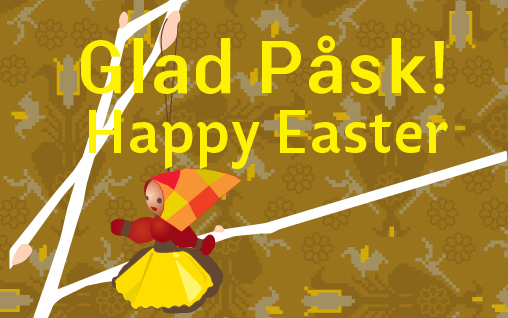 Illustration for Sweden & America, spring 2002 by Flat.
Illustration for Sweden & America, spring 2002 by Flat. -
Foods of Easter
There are always eggs on the table at a Swedish Easter dinner, usually the colored, boiled eggs prepared the day before.
Roast lamb is another common Easter dish, deriving from a Jewish custom.
Pickled herring - even a smörgåsbord of sorts - is a common sight at all the major Swedish holidays: Easter, Midsummer and Christmas.
You may also find salted salmon (rimmad lax), gravad lax or salmon pudding (laxpudding). Recipes: Cold poached salmon, herb garden sauce, dill, lemon and asparagus. or Salmon pudding with melted butter and green peas A cold dish, a classic you'll find on almost every Swedish smörgåsbord: Pickle your own herring
Children receive Easter eggs that may be filled with candy or toys. The Easter bunny is a new arrival to Sweden, via Germany, and he’s often the one to deliver those special eggs. The best part about many Swedish traditions is that they always seem happy to make room for new ones!
Each region or “landskap” in Sweden has its own traditions when it comes to what to eat for Easter, but most of the dishes include eggs, and lamb or salmon. Unlike the food we eat for Christmas, Easter food can be much lighter and often includes marzipan and candy-filled Easter eggs for dessert. Then there’s of course also the “påskbord” (Easter smörgåsbord) with eggs, pickled herrings, salmon and Jansson’s temptation. “Påskmust” is also sold in stores; it’s the same soft drink as “julmust.” -
-
-
